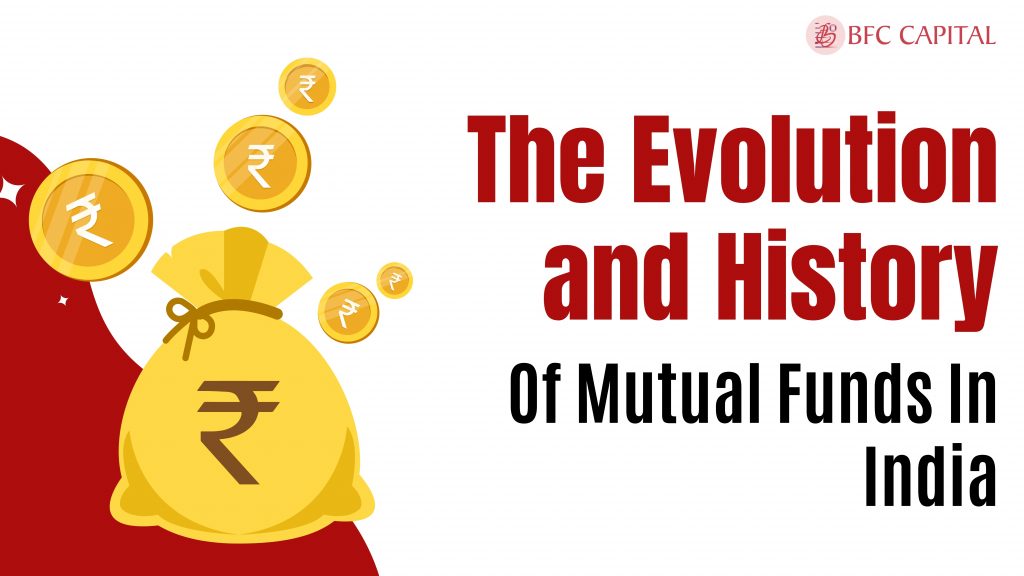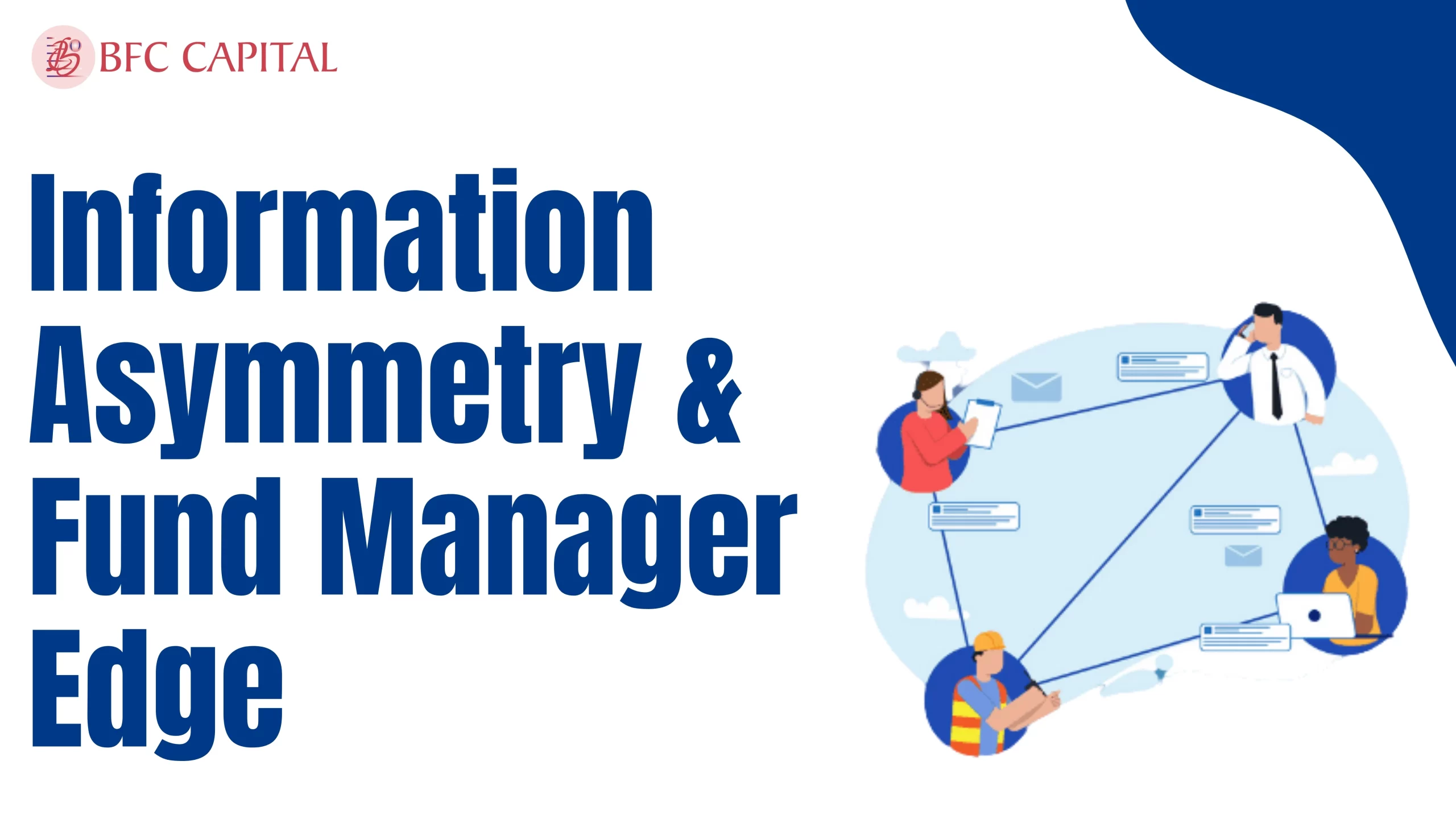
The Indian mutual fund industry has a comparative advantage in a long history that has witnessed considerable changes and constant growth until recently. Hailing from a small investment vehicle in the 1960s to a grown-up and eclectic industry today, mutual funds have opened up investment avenues for millions of Indians.
The article under discussion sheds light on the development of mutual funds in India, focusing on milestones, shifting regulations, and their effects on the country’s financial domain.
History Of Mutual Funds: Introduction
Let me take you to history in an imaginary time machine; I want you to picture the early 1960s in India. The economic scene is buzzing with potential, but many people need more knowledge or resources to invest in the stock market. Introducing you to mutual funds, a revolutionary concept that would change how millions of Indians approach their finances. Fast forward to today, these investment vehicles have become a cornerstone of wealth creation, empowering everyday people to become part of India’s growth story. Here is a phase-wise history and evolution discussed regarding mutual funds:
Phase 1: Laying the Foundation (1964-1987)
The account of Mutual Funds in India dates back to 1963, when the Unit Trust of India was formed, also written as UTI. Established by the Government of India and the Reserve Bank of India (RBI), UTI was aimed at mobilising savings from the average person and channelling the same to the productive corporate sector and participating in India’s Industrialization story. Thus, UTI launched the Unit Scheme 1964 or US 64 in 1964, which was welcomed mainly because it came with safe and steady revenues. The importance of this phase in forming mutual funds is the development of the proposition for the commoner and generating the spirit of participation towards the capital markets.
Phase 2: Expanding the Horizons (1987-1993)
In 1987, public sector mutual funds sponsored by institutions like State Bank Of India, Life Insurance Corporation, General Insurance Corporation, etc. were introduced, which changed the situation. During this period, competition was also observed to have escalated, with so many choices for investors to consider. However, UTI heavily controlled the industry, and UTI’s operations came under IDBI after 1978 onwards.
Phase 3: Ushering in a New Era (1993-2003)
Another turning point came in 1992 when the Securities and Exchange Board of India was set up. This brought about a change in investor protection and market regulation since it was an independent authority. For the first time, the government of India and SEBI issued guidelines for mutual funds in 1993 for all but UTI. This acted as the opening of a new chapter in the industry’s development with the entry of private players into the sector.
The Indirect access entry of private sector pioneers such as Kothari Pioneer (now Franklin Templeton MF) and ICICI Mutual Fund in 1993 also introduced private players in the market. These new players introduced a variety of investment schemes to consumers with different risk tolerances and objectives. Still, this period has been smooth.
Phase 4: Consolidation and Regulation (2003-2013)
In the early 2000s, the industry experienced a period of consolidation in the 21st century. Changes to how companies consolidated and were bought out reduced the number of competitors within the market.
The Specified Undertaking of the Unit Trust of India (SUUTI) and UTI Mutual Fund, which operate under the SEBI MF Regulations, are the two distinct organizations that UTI was split into in February 2003 after the Unit Trust of India Act 1963 was repealed. Throughout the years, SEBI remained consistent in enhancing regulations, especially in the Corporate Disclosure System, Risk Management System, and Investor. The introduction of the KYC norms in 2003 upgraded the investor security standard.
Phase 5: Technological Transformation and Growth (2013-Present)
Looking at the historical occasions that have unfolded over the last decade, innovation has quickly developed and influenced the mutual fund industry. Several critics have voiced their opinions that people can invest conveniently through the Internet. Mobile apps are helping people make on-the-go transactions and keep a real-time check on their portfolios. There are new and improved investment solutions and wealth management players in the market identified under fintech startups.
There has also been the development of new investment vehicles in an effort to suit the current generation of investors through the available exchange-traded funds and thematic funds. Most importantly, a raising of investor awareness is being seen with AMFI stepping forward to create awareness and ensure that the population becomes more and more financially opted.
Thus, the historical development of mutual funds in India has remarkably affected the country’s financial environment. It has created wealth for millions of people around the globe and encouraged long-term saving and investment. This article has some key findings: Mutual funds have also helped mobilise funds for Indian businesses, helping the economy grow and develop.
Winding Up With a Future Outlook Note!
There is a bright prospect of mutual funds in India shortly. The middle-income population and their monetary literacy are expected to play a significant role in the industry’s development. Future trends will remain highly technological, so new investment platforms and digital tools will progress significantly. Further, regulations are expected to result in more efficient functioning and improve investors’ protection level.
However, challenges remain. Issues related to market fluctuation, buyers’ and sellers’ behaviour and activities, and fairness and ethicality within the markets are some of the problems that will need constant checking and rectification. In sum, the Indian mutual fund industry stands poised to continue its growth trajectory, playing a major role in empowering individual investors and fueling India’s economic prosperity.
Please share your thoughts on this post by leaving a reply in the comments section. Contact us via Phone, WhatsApp, or Email to learn more about mutual funds, or visit our website. Alternatively, you can download the Prodigy Pro app to start investing today!
Disclaimer – This article is for educational purposes only and does not intend to substitute expert guidance. Mutual fund investments are subject to market risks. Please read all scheme-related documents carefully before investing.

Assistant Vice President – Research & Analysis
Akash Gupta heads the Research & Analysis department at BFC CAPITAL, where he combines in-depth market insights with strategic analysis. He holds multiple certifications, including:
- NISM-Series-XIII: Common Derivatives Certification
- NISM-Series-VIII: Equity Derivatives Certification
- NISM-Series-XXI-A: Portfolio Management Services Certification
- IRDAI Certification
With his expertise in equity, derivatives, and portfolio management, Akash plays a key role in providing research-backed strategies and actionable insights to help clients navigate the investment landscape.






